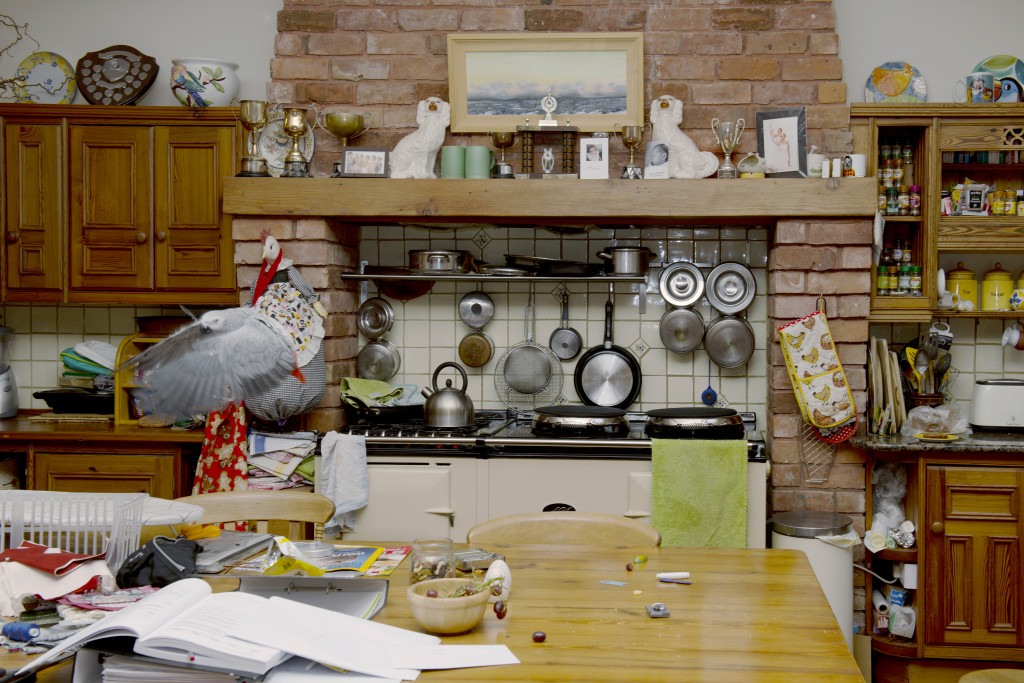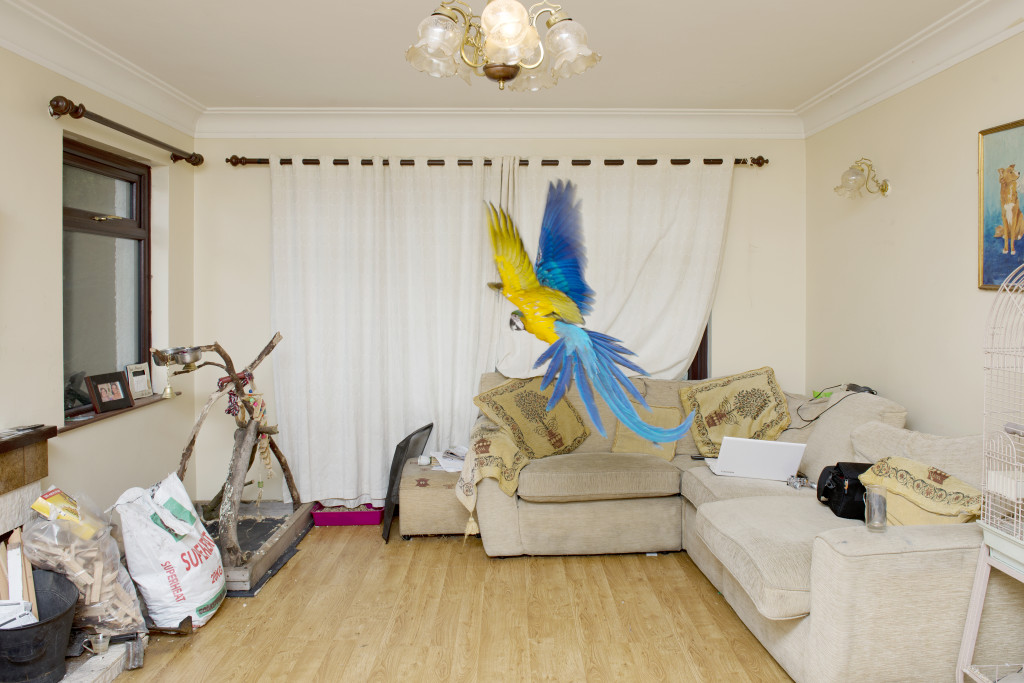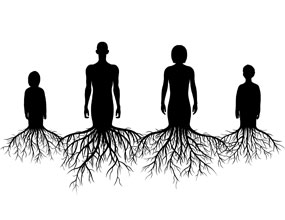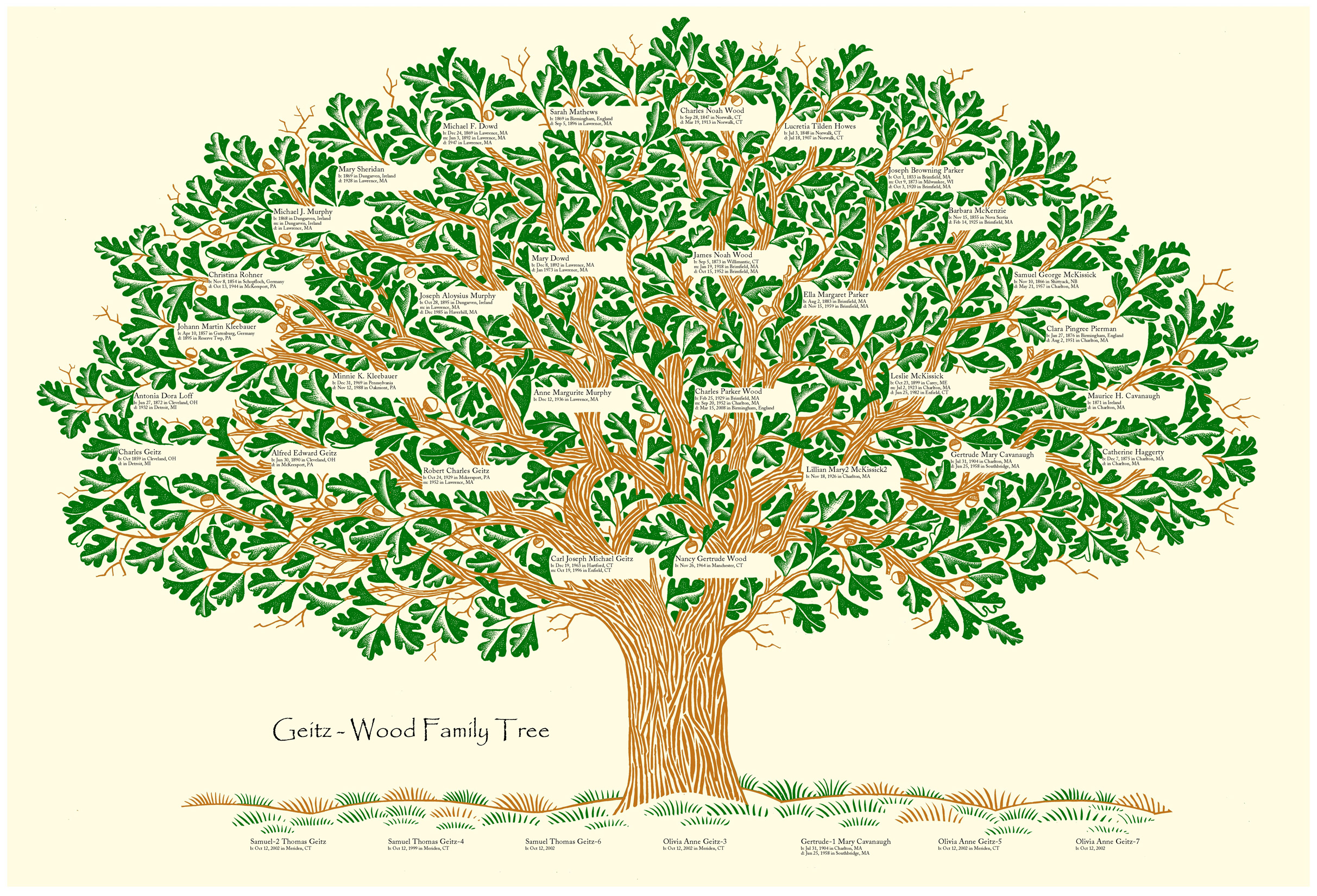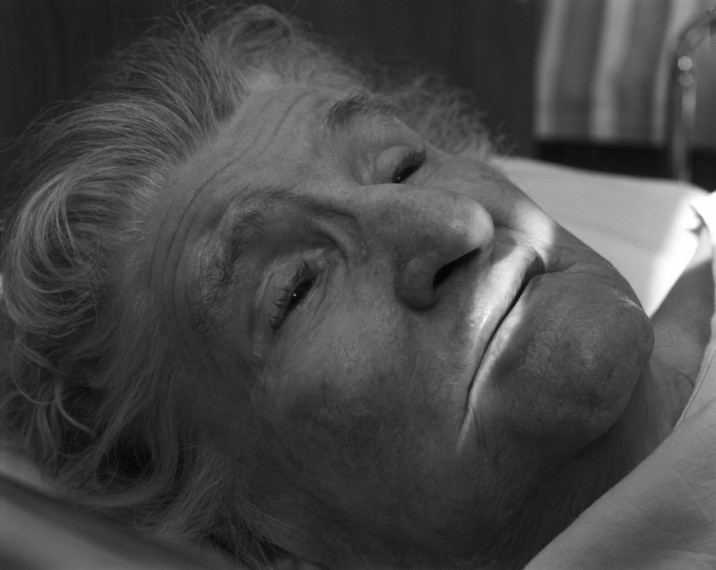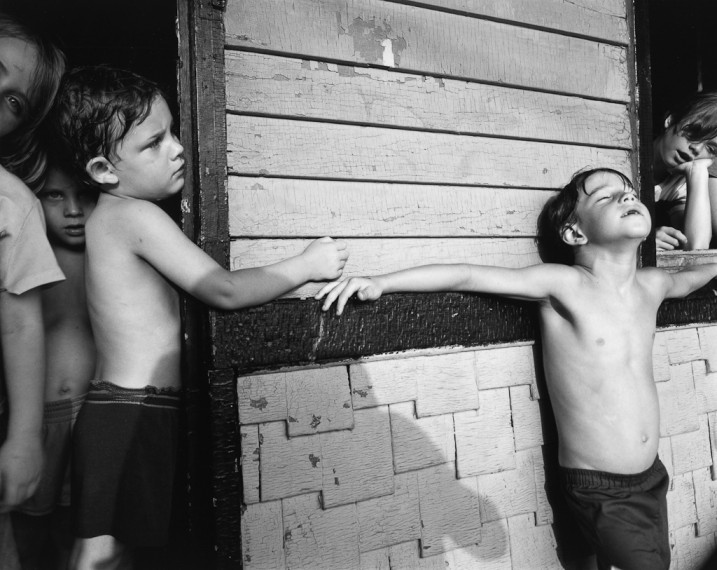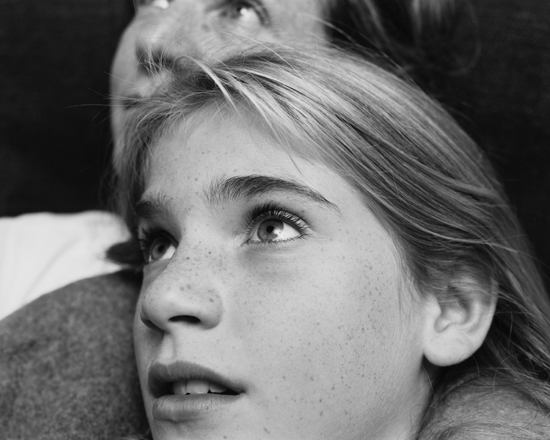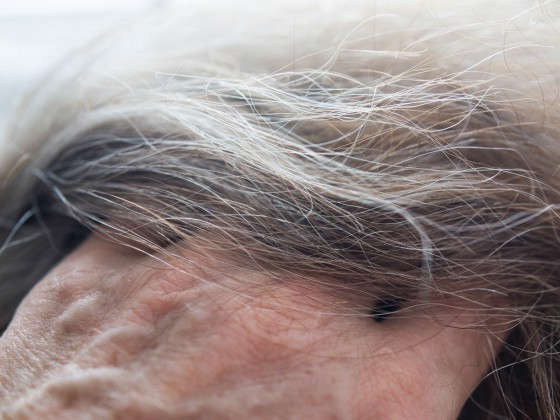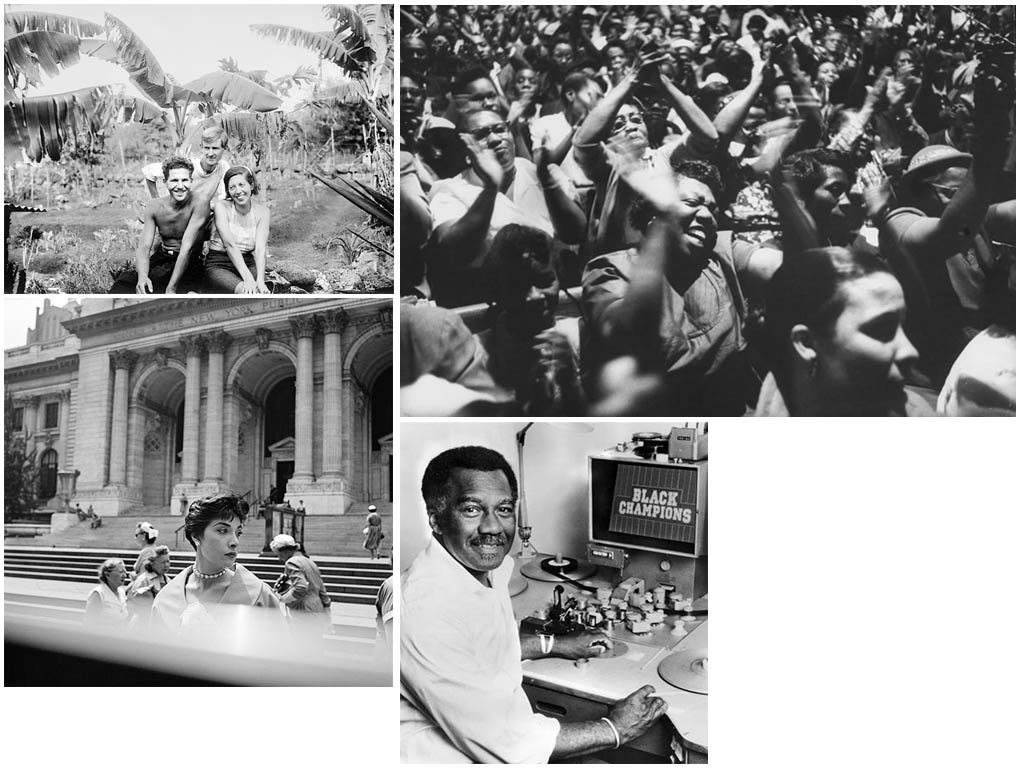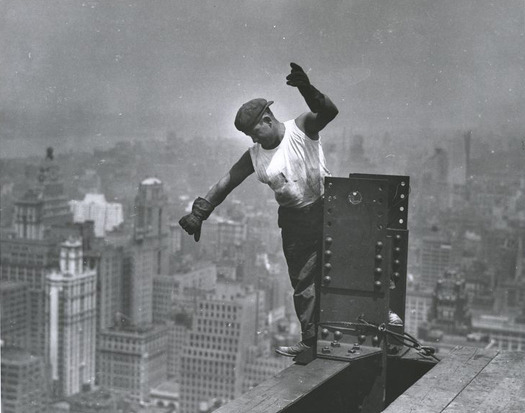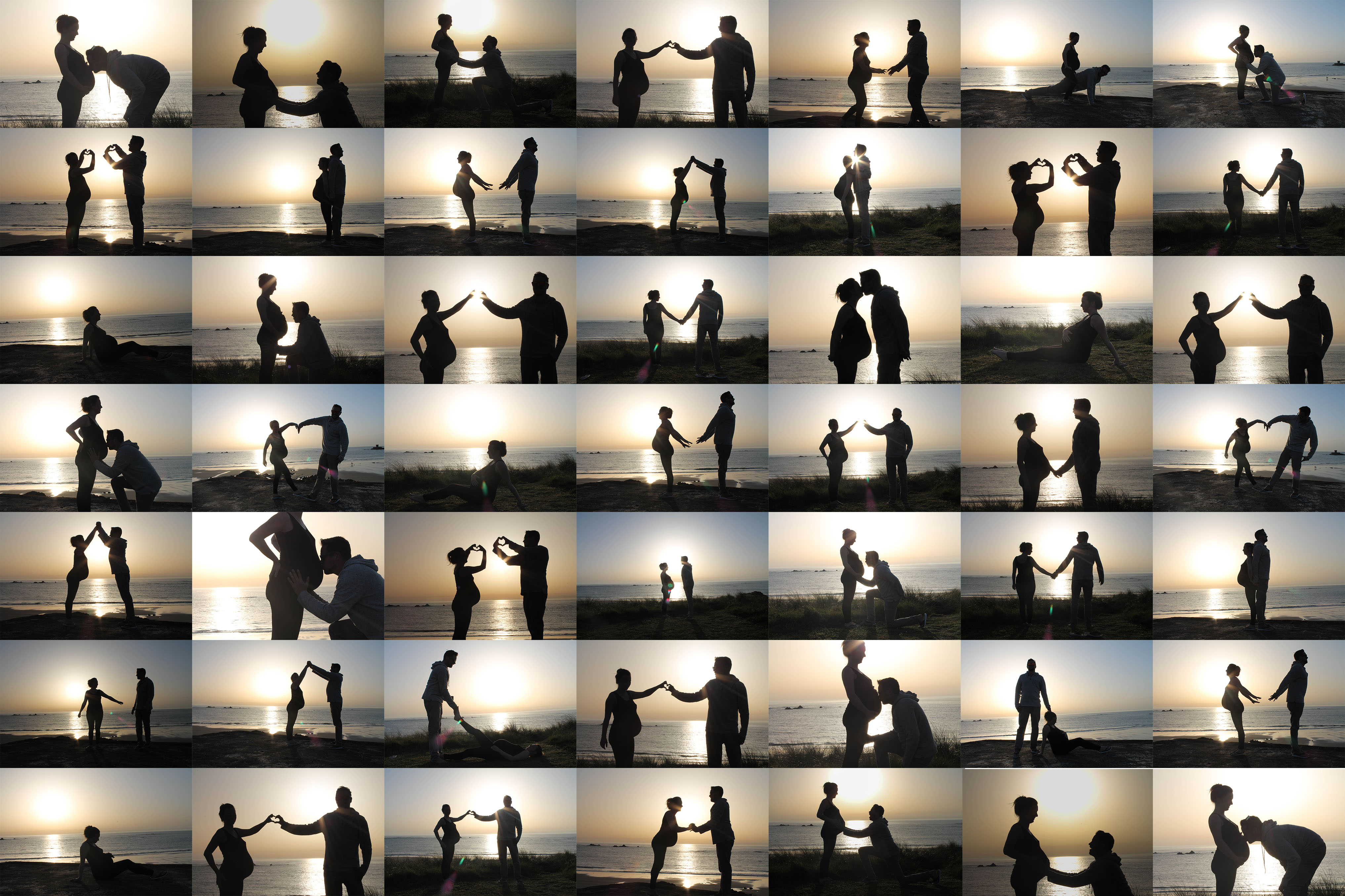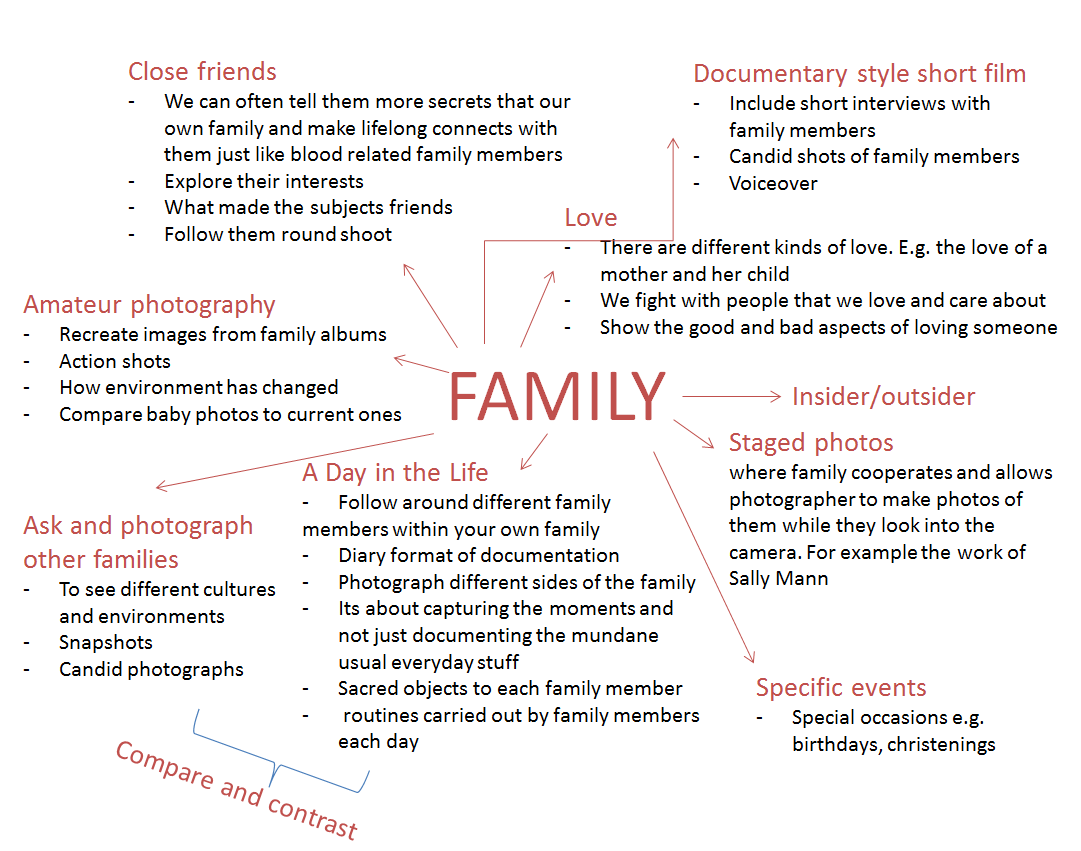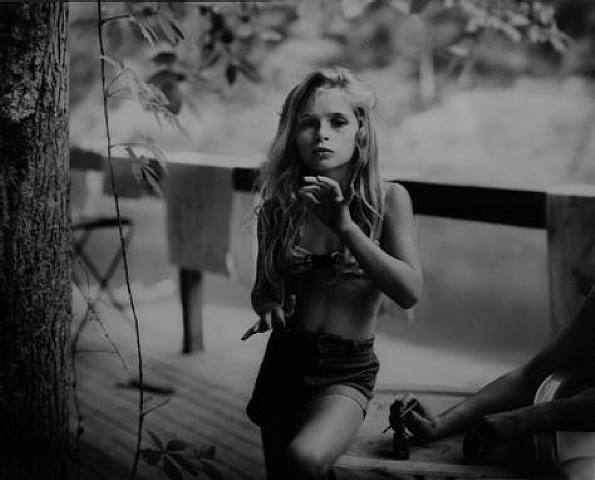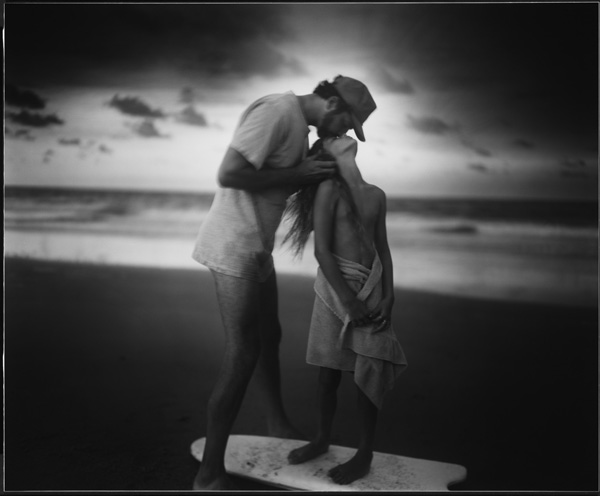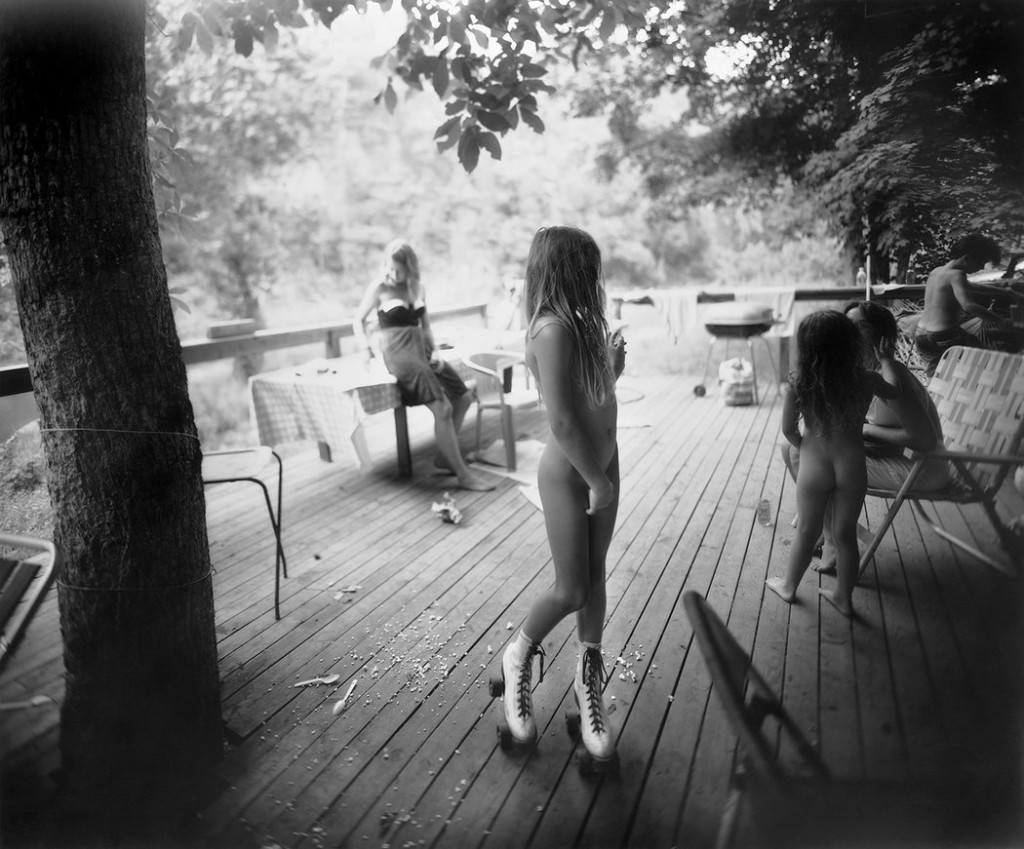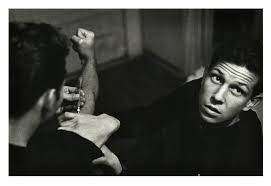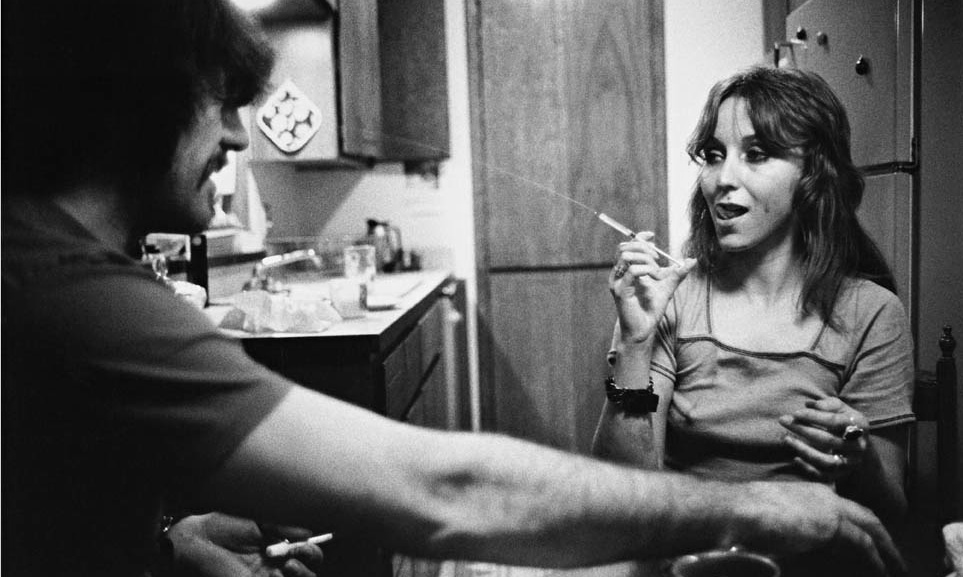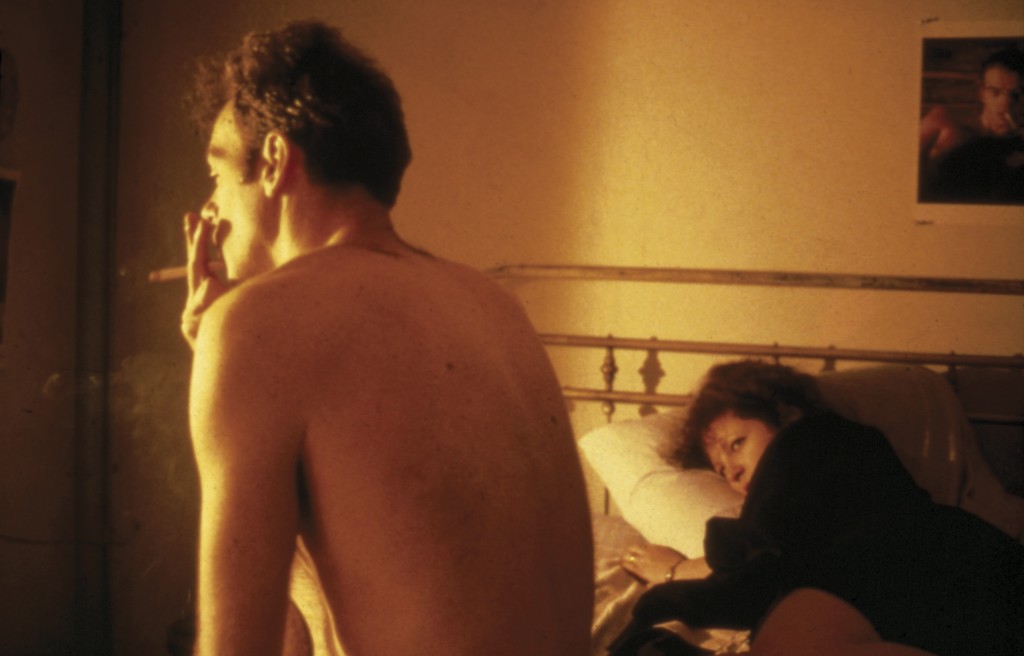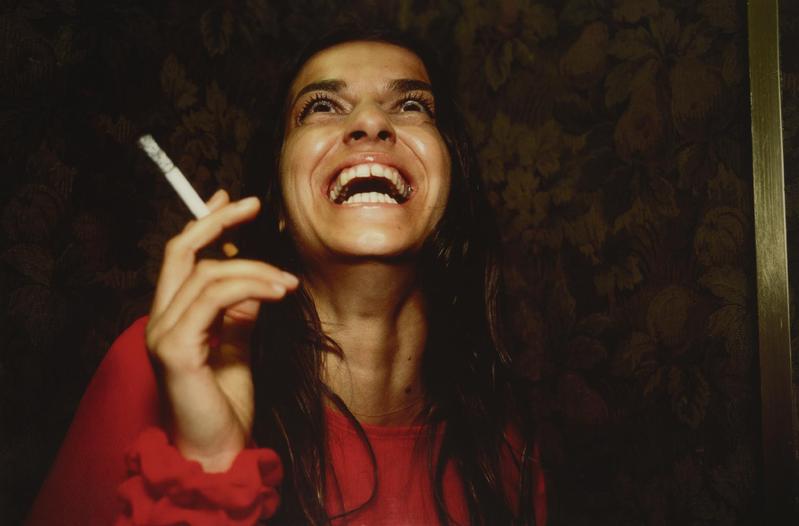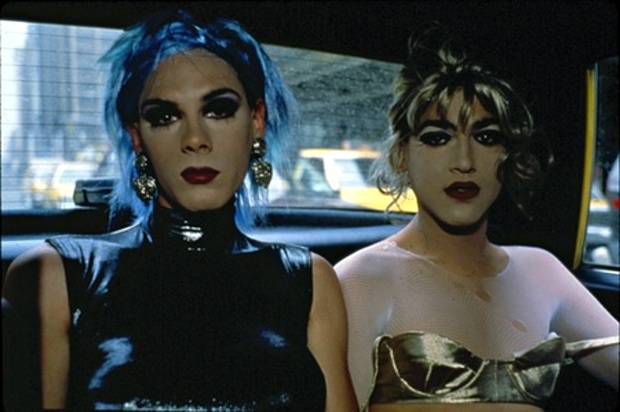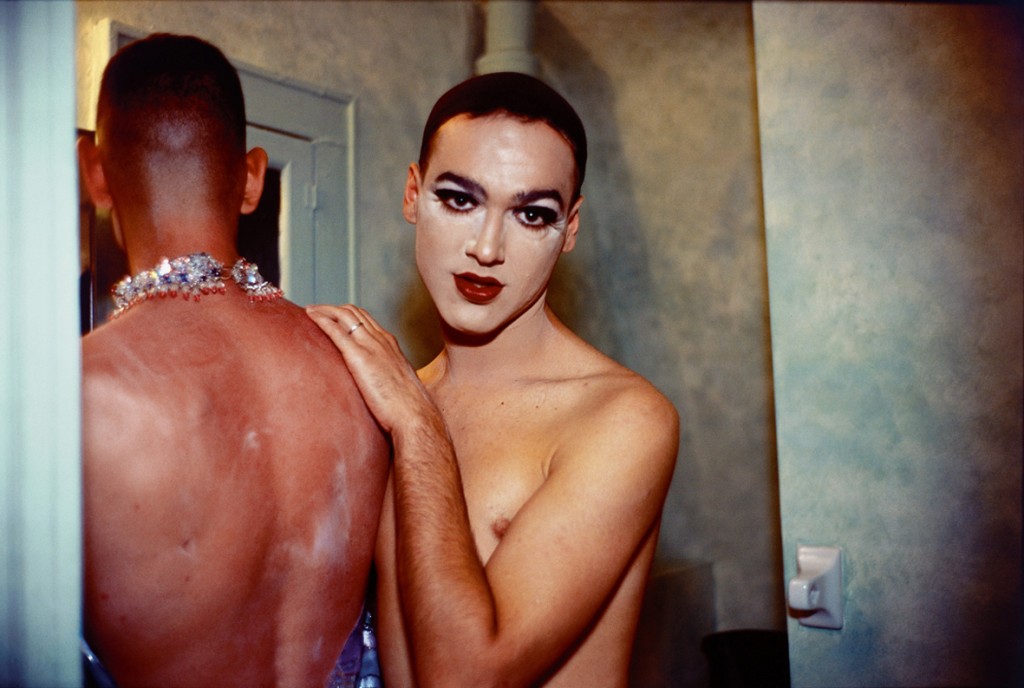
This photograph by Meyeroritz shows a roughly a dozen people walking across the street in different directions. This photograph was taken in New York city on a seemingly busy day. From the basis the the subjects in the image are wearing long coats and jackets, I would assume that this photo was taken in autumn/winter time, and the bright exposure would indicate the time of day is close to mid-afternoon. None of the individuals are aware that they are being photographed and therefore this is a candid photograph.
The subjects walking in many different directions is visually chaotic and overwhelming. This chaotic displays subtly hints at the theme of surrealism, because the impression the viewer is presented with is that the events framed in the image are very dramatic and out of the ordinary. The presence of many dominant subjects, helps to give the foreground of the image considerable dominance in contrast to the background. This sense of dominance in the foreground, in addition to the distorted angle of the frame, gives the image a very unusual, obscure appearance. The composition of the subjects adds to this sense of unusualness, with Meyerowitz only photographing from mid-body of the subjects. The obvious peculiarities of this photograph implies that Meyerotiz is making a comment about the complexity, and eccentricity of modern urban life.
The contrasting facial expressions of different subjects makes the image very humorous. Some individuals look lost, some focused, some happy, and some pessimistic. Through these variations in facial expression, Meyerotiz is capturing a moment which implies on focus on the theme of individualism in society. Through the lack of similarity in the mood of the different subjects, it is very likely that Meyerotiz is hinting on the idea how individuals in society are inherently self-reliant, and that aspects of human togetherness, such a community does not reflect the basic human instinct to fend for oneself. The fact that none of the individuals pay attention to the camera, further explores this idea as the individuals a represented as to be only self-interested and self-absorbed, focusing on themselves, and not the camera, nor anyone else.
The idea of mystery is explored in this image in many different ways. Firstly through the role of the subject facing away from the camera in a brown jacket. He appears to be very amused in the image, laughing at something in his attention away from the camera. The viewer is drawn in to imagine what he is laughing act, which as a result creates a certain level of suspense. Secondary through the appearance of dark shadow in the left and right-hand corners of the image, and tis compliments the attention of the subject with the brown jacket, because it implies a large object causing the shadow is the reasons for the man’s amusmant. Lastly, the woman in sunglasses stands out a very unusual in the frame. There is a very sinister sense to her appearance and she provides a tense edge to the photograph.


